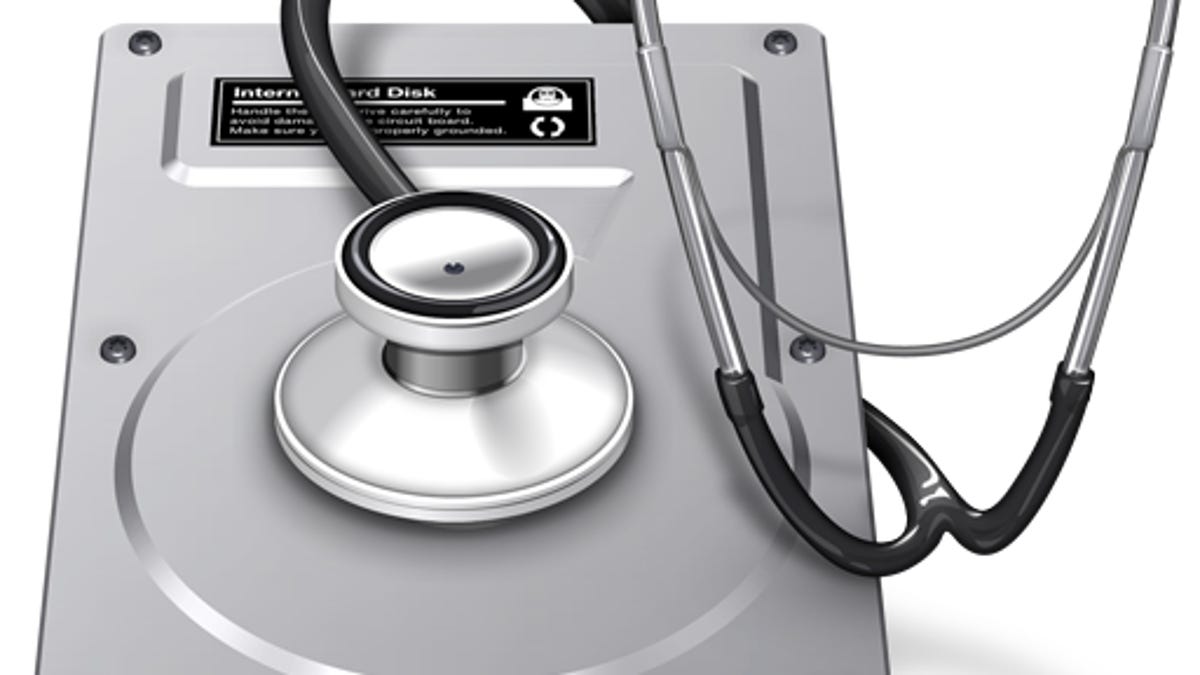What to do when Disk Utility shows inconsistent errors with drives
Sometimes OS X's Disk Utility may show errors with a drive when it's run from one location, but will describe the drive as perfectly healthy when run from another.

Disk Utility's format- and partition-checking routines can be run from various locations in OS X, such as within the main boot drive, from the recovery partition, or when using an alternative boot drive. You can also load your system into Safe Mode (holding Shift at startup), where similar routines will be run automatically.
These approaches to verifying the drive and partition tables should all show the same results, but this may not always be the case. In some cases, one routine such as using Disk Utility on the boot drive will show the drive as being perfectly fine, but when run from another location like the Recovery drive, then Disk Utility may show an error it claims needs to be fixed.
If these problems happen, it may be that the drive is perfectly fine and some bug exists in Disk Utility, but because it is also possible (and more likely) that the drive could be experiencing a problem, it is best to err on the side of caution and assume the drive is in need of repair.
If Disk Utility or a third-party drive repair tool cannot repair the problem, or if the problem remains after the tool claims it has made a successful repair, your best bet would be to rebuild the affected drive. This means backing up all files on it, and then fully repartitioning and formatting the drive before restoring the files.
For external and secondary (nonboot) drives:
- Manually copy or clone the drive's contents (e.g., with a program like Carbon Copy Cloner or SuperDuper) to another location.
- Open Disk Utility on your computer.
- Select the drive device (listed above the volume names, and should have manufacturer and model information in its name).
- Go to the Partition tab that appears, and choose "1 Partition" from the drop-down menu, or optionally more partitions, followed by resizing them according to your needs.
- Click the Options button and choose the desired partition scheme. GUID is the recommended default, but if you're using the drive with older Windows machines running Windows XP or earlier, MBR is recommended. Likewise, if you are using it with older Macs, then APM is recommended.
- Click Apply to partition and format the drive.
Now you can restore the backed up files to the drive, and its rebuilt partition tables and formatting should be in a healthy state.
For boot drives:
- Use Time Machine or a cloning tool to fully back up the drive.
- Boot to the OS X Recovery tools by holding Command-R at startup (or press Option-Command-R to load Internet Recovery, for systems made in 2010 or later).
- At the recovery tools, select Disk Utility and then select the boot drive device from the list of drives.
- Go to the Partition tab and choose "1 Partition" from the drop-down menu.
- Click the Options button and choose GUID as the partition scheme to use.
- Click Apply to save the modifications.
Now you can quit Disk Utility and then choose the option to install OS X, and this will reinstall a fresh operating system and set up the recovery partition again. You can also use the option to restore from Time Machine backups to do this, or when the fresh OS is installed simply use the setup assistant and migration assistant tools to restore your data from the backups to the system. If you have used a clone, then after reinstalling OS X you can boot to the cloned disk and use the cloning utility there to restore its contents back to the main boot drive.
Questions? Comments? Have a fix? Post them below or
e-mail us!
Be sure to check us out on Twitter and the CNET Mac forums.

